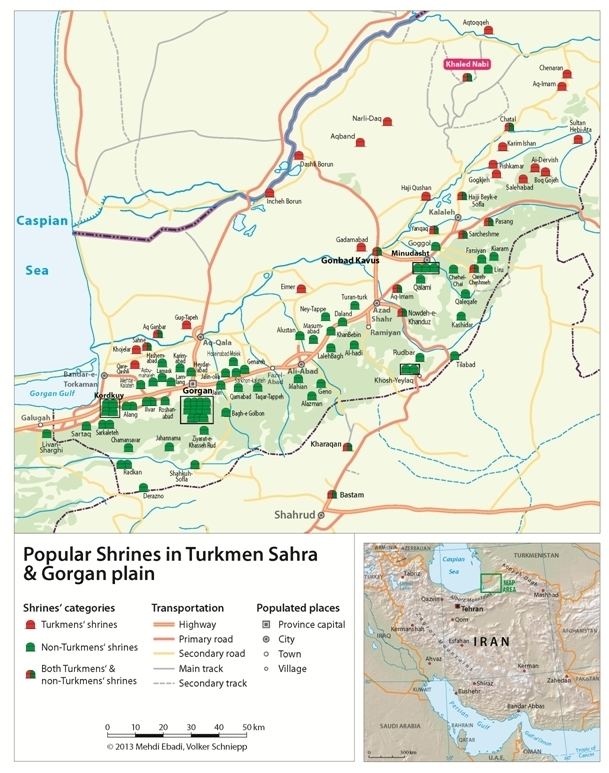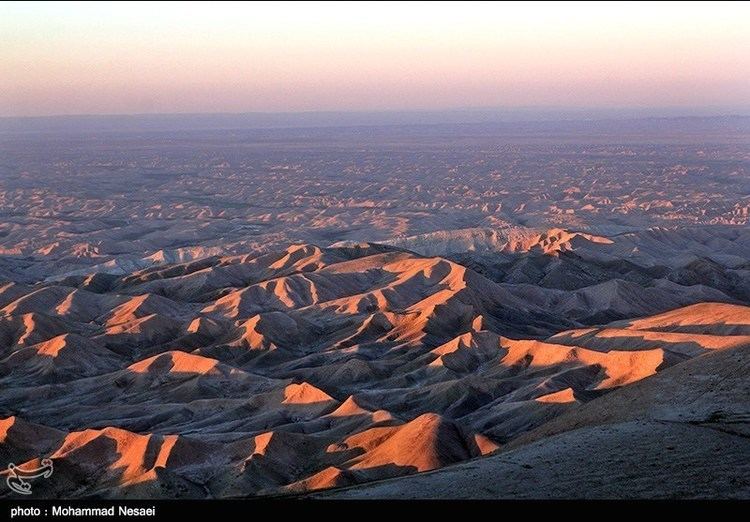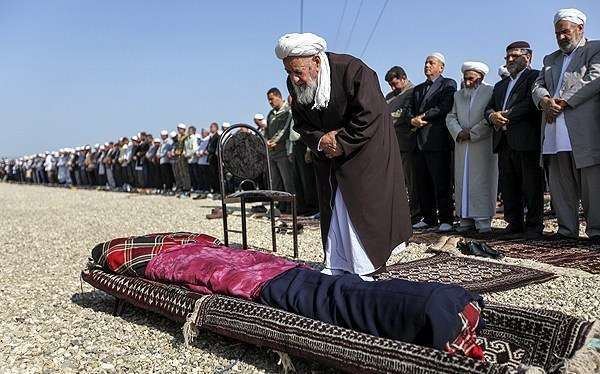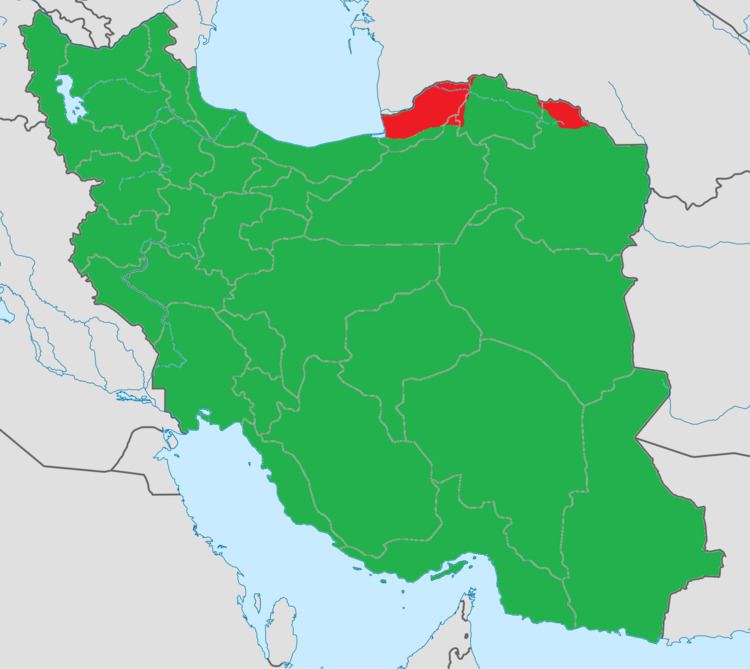 | ||
Turkmen Sahra (Persian: ترکمن صحرا) is a region in the northeast of Iran near the Caspian Sea, bordering Turkmenistan, the majority of whose inhabitants are ethnic Turkmen. The most important cities of Turkmen Sahra are Gonbad, Aqqala, Kalaleh, Maraveh Tappeh, Gomishan and Bandar Torkaman. There were, according to Ethnologue, over 2 million Turkmens in Turkmen Sahra in 1997.
Contents

Turkmen sahra tsyigitlery instagram
Society

Turkmens today in Turkmensahra live fairly modern lifestyles, although the effects of religion and the Muslim way of life are visible. The economy is based on industry, even if agriculture still plays a great role in some Turkmens' life, like in other places of Iran. The professions among Turkmens shows the pattern of a modern economy even if there are still some shortcomings due to lack of funding from the central authorities. The economic potential of Turkmensahra is big since a vast amount of oil was discovered early in the 1930. But since there was a deal with the Soviet Union that there would be no oil extraction from Turkmen Sahra, there is not an oil industry at the moment.

Before the revolution in 1979 the Turkmens lived an economically richer life than people in other areas of Iran. Though poverty existed in small portions, most people lived and could afford material goods in their home. This was unusual for some parts of Iran. During the Shah's time the difference between cities and villages was great. Going from a city like Bandar Torkaman to a nearby village, the differences were so vast that tourists felt like they had gone back in time. In villages there were no asphalt roads nor doctors. There was no electricity either to light up the town or the houses. People used donkeys and horses to travel until about 30 years ago. Buses, taxis and private cars were found only in bigger cities. The literacy rate has also increased since the revolution; it was not unusual for older Turkmen women to be analphabets. Girls began to study in school after the revolution which was unusual back in the Shah's period. All these differences shared between a city and village were common all over Iran during the Shah's period not excluded only to Turkmen Sahra.

Other cultural traits can be seen as in the weddings where Turkmens still practice several day weddings. An ancient tradition hailing back to the gökturks or even the hsiung-nu, Asian huns. Today's Turkmens have a bride fee – the bridegroom gives away a fee for taking the girl's hand. In tradition the girl's family provides even greater economic starting capital to the newlyweds' life. For example the bridegroom buys gold for the bride to wear; in return the bride's family buys daily life equipment for the new household.

The wedding itself, in times before the revolution, lasted several days where often all the relatives, clan members, and in some cases the whole village would turn up to celebrate. Common activities were to have races where the winner would receive a prize, contests in göresh traditional Turkmen wrestling, horse races and more. Today those traditions have perished instead there are a modern segment like private weddings hold in western countries. Even though the modern element has been introduced some people still have several day long weddings. Instead of races they now today have a private party for the bride and relatives, the bridegroom and one big celebration where relatives and friends are invited – not the whole village as during the shah's period.

Turkmens today seem to lose their traditions due to westernization and persianification of the society not excluded to Turkmens but the whole of Iran. People tend to watch a lot of satellite which has a great range of variety all from political to cultural and genuine entertainment.

Women are getting educated in a higher rate, even among traditional households. Among the generation after the revolution there are not any who are analphabetes or illiterate.
Economy
The main industries of Turkmen Sahra today is provisions or grocers of different kind, a refining process of different sort of eatables such as different kind of mills, beverages as pepsi, zam zam and others. There were different kind of small scale industries such as train suppliers and builders but almost all have been dismantled and set up other places of Iran. As a result many people, ethnic Turkmens have lost their jobs and have a hard time recovering. Another important and famous but who doesn't generate great income is the Russian caviar industries. Half of Iran's Russian caviar is caught and refined in Bandar Torkaman. Future possibilities are vast since oil has been discovered in Turkmensahra north parts near the border to Turkmenistan in the 1930s but due to deal with the Soviet Union no oil industry exists at the moment.
History
Turkmens came first to the region at the time of their forefathers, the Seljuk Turks, thought early nomads empires has existed since the early age of Massagets or even earlier. According to the Avesta Afrasiyab the legendary king of Turan hailed from Turkmen Sahra.
Before the era of Reza Khan, later Reza Shah, there was a landmass from Khiva in north to Bandar gaz in south were Turkmens inhabited the area was called Turkmenistan. Due to the Great Game and famous resistance of Turkmens to great powers as czar Russia and England Turkmens lost their independence and their country was split in two lands. After the Gökdepe battle over one million Turkmens fled through Iran over to Afghanistan were their descents still live today. The first time in history Turkmens had shown resistance to central authority of Iran was in early 1920 when Reza Khan unified Iran he meet resistance of a Turkmen group and a leader called Anna-Geldi Ach, the later used to deploy sneak attacks from Turkmen Sahra and use hit and run tactis and hide into modern Turkmenistan before SSR Turkmen was formed. During that time a gurultai like the ones Gökturks held was held to elect a mullah as their leader, called Osman Akhun. It is the first democratically modern Turkmen assemblement ever hold. Turkmens are considered by outsiders who visited their area to be generous, kind-hearted thought even having the trait of being hot-headed. Ahmad Shamlou, a famous Persian writer, wrote a novel about a Turkmen character, Amin. He also indicated the generosity and kind-hearted spirit of the Turkmens in his poem about Amin.
Famous Turkmens from within Turkmen Sahra include the spiritual leader, national poet and unifier of Turkmen society Magtymguly Pyragy, who was born in a village outside Gonbad. The central Iranian authorities erected a mausoleum over his grave. Other persons born are Agha Mohammed Khan, founder of the Qajar dynasty of Iran. Also there are claims of Nadir Shah being Turkmen, but that's doubtful according to his own campaigns and official biography. The Nadir Shah's first enemies were the Turkmens of Turkmen Sahra. Well-known visitors of the region include Ármin Vámbéry, who wrote a book about his passage among Turkmens in Turkmen Sahra.
